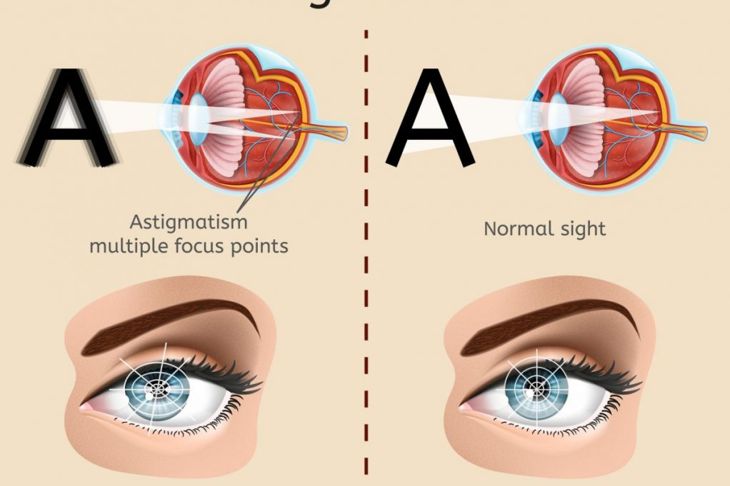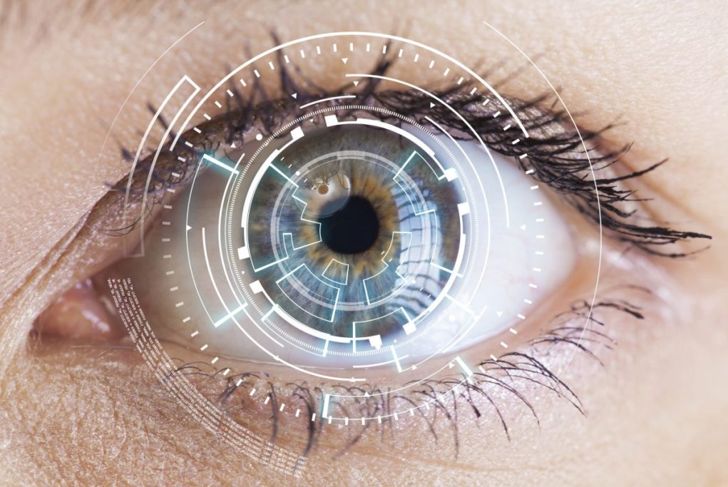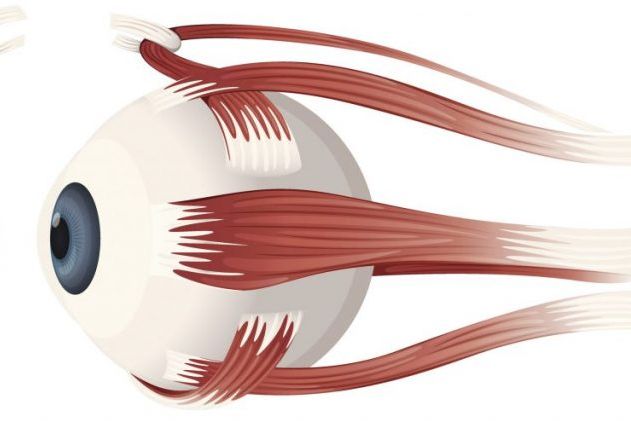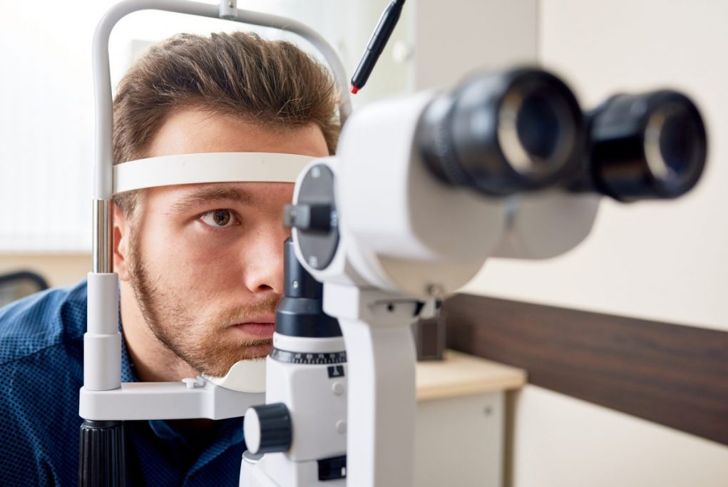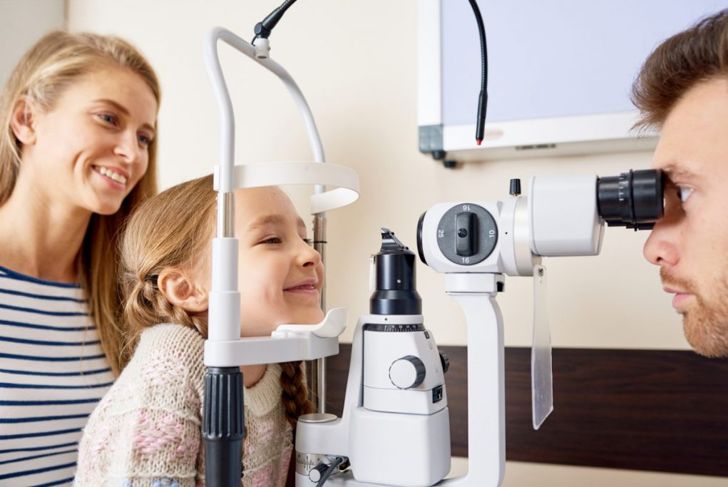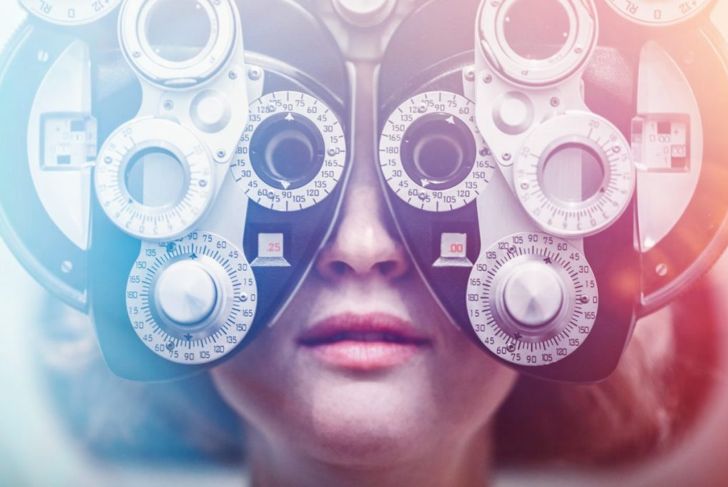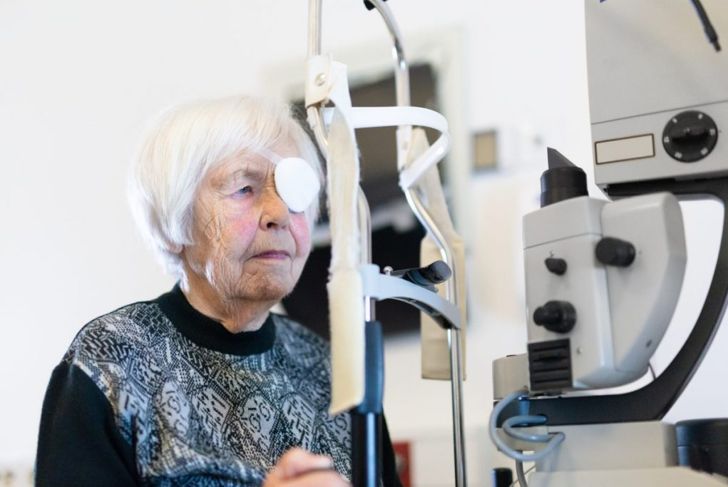What most everyone calls double vision, medical experts call diplopia or convergence insufficiency, a pathological vision disorder that causes a single object to blur or appear doubled. The eyes of people with diplopia do not work together when looking at nearby objects. One eye turns outward rather than inward in concert with the other eye, which creates the double or blurred vision. Children are most often diagnosed with diplopia while in school because they tend to begin noticing it when reading. Often, diplopia is a symptom of a larger condition.
Symptoms of Diplopia
The signs and symptoms of diplopia usually happen when a person is reading or doing close-up work. At first, the person may complain of tired or sore eyes, describing eyestrain. Headaches often accompany problems with the eyes. When reading, the words may seem to float on the page, and the individual may have difficulty concentrating. Sometimes, children are incorrectly diagnosed with a reading problem as opposed to a vision problem.
Causes of Diplopia
Various problems can lead to double vision, most of which involve the cornea or lens of the eye. Other underlying causes include neurological issues that affect the muscles and nerves that control eye function and movement. Minor problems such as astigmatism can also cause double vision. The source may be life-threatening, however, such as an aneurysm or stroke.
Problems with the Cornea
The main function of the cornea, a clear layer covering the front of the eye, is to focus light into the eye. Trouble within the cornea can distort the surface of the eye and cause diplopia. Sometimes the cornea produces a refractive error in the eye which prevents parallel rays of light from an external source from converging on a single focal point of the retina — this is called astigmatism. Dry eyes can damage the cornea, as can infections such as shingles or herpes zoster, which can cause scarring on the eyes.
Problems with the Lens
The lens works with the cornea to focus incoming light onto the back of the eye where the retina resides. The lens is located behind the pupil and changes shape as it focuses. A cataract is a clouding of the normally clear lens due to aging and is the most common lens-related cause of diplopia. These days, eye surgeons can generally safely remove cataracts.
Eye Muscle Problems
There are six muscles in the eye socket that control the eye’s movement up, down, to each side, and in rotation. These are the extraocular muscles. When there is a weakness or paralysis in one or more of these muscles, the eyes’ movements are uncoordinated. Graves disease affects the eye muscles and causes vertical double vision, where one image appears to be on top of the other image. Strabismus, or misaligned eyes, is caused by a weakened or paralyzed eye muscle that does not allow the eyes to align properly.
Nerve Problems
The brain contains several cranial nerves that connect to the eye muscles and control eye movement. Several conditions can damage these nerves and result in diplopia. Diabetes affects the body’s ability to process blood sugar, and high blood sugar can cause nerve damage. Guillain-Barre syndrome is a nerve condition with early symptoms that cause eye muscle weakness. The autoimmune disease Myasthenia gravis causes the immune system to attack the neuromuscular junctions that control eye movement. Multiple sclerosis damages the central nervous system, including nerves associated with eye movement.
Problems in the Brain
Several places inside the brain process visual information transmitted from the eyes through nerves. If these areas of the brain are affected by illness or injury, diplopia can result. Brain aneurysms or tumors, migraine headaches, stroke, and pressure inside the brain resulting from bleeding, infection, and brain trauma can all lead to double vision.
Check Children for Diplopia
Children are especially difficult to diagnose with diplopia. Routine eye exams or vision screening done in many school systems may not be able to identify the condition. Children with diplopia have difficulty reading and concentrating. It certainly affects the child’s ability to learn because they can get tired quickly. Sometimes, doctors incorrectly diagnose children with diplopia with learning disabilities. It is therefore vital to check for this eye malady to rule it out or treat the issues correctly.
Diagnosing Diplopia
People with diplopia might otherwise exhibit normal vision. Those with reading problems or concerns about learning should talk to their doctor about these problems so the doctor can properly diagnose the issue. The medical professional will administer a routine eye exam and request a comprehensive medical history that includes questions about headaches, blurred vision, and the ability to focus. NPC (near point of convergence) is a test that measures the distance from the eyes to the point where they can focus without double vision. PFV (positive fusional vergence) has the individual look at an eye chart through prism lenses.
Treatments for Diplopia
There are several effective treatments for diplopia. One of the most common is to block the vision of one eye with an eye patch, occlusive lens, or a Fresnel prism attached to glasses. Botox can be injected into the weaker eye muscle to relax it and give the muscle time to recover. In rare instances, the individual may require surgery to fix the problem.

 Home
Home Health
Health Diet & Nutrition
Diet & Nutrition Living Well
Living Well More
More
